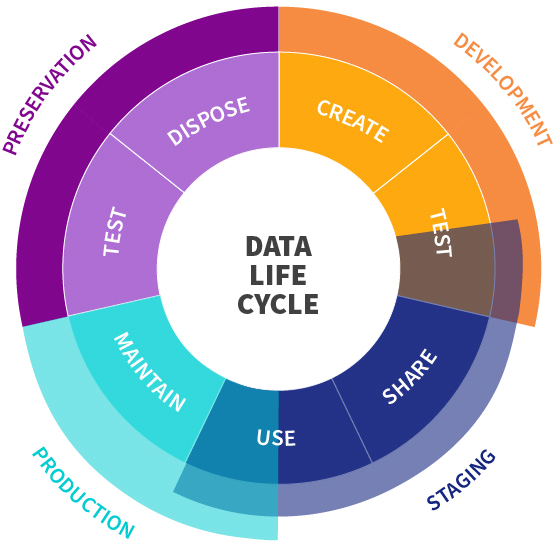Best Practice Configurations
13/01/2025
PoolParty excels through its flexibility and scalability within a distributed infrastructure, allowing you to easily find the configuration that best suits your requirements and expectations. Along your data lifecycle many highly interdependent activities take place in parallel - development, testing, staging and production, just to name a few. These activities impact the performance, risk, security and availability of your taxonomy and knowledge graph or their associated applications. Managing these interdependencies is a key factor for smooth operations, cost efficiency and reduced operational risk.
 |
Operating PoolParty in a multi-tier environment helps to minimize operational issues and achieve maximum value while distributed instances allow to decouple risks, prevent downtimes and increase data security. We have gained deep insights into how our customers develop, test, deploy, maintain and reuse taxonomies within their specific frameworks enabling us to recommend the best practice configurations.
The principles of separation, parallelization and redundancy should be your guides when designing your PoolParty environment. Consider that separating testing and productive environment will indeed not only increase data security and reduce risks but also save time. The more complex your environment is the higher the tier you choose should be. Going for a multi-tier environment where development, staging, production and preservation are served by dedicated servers in parallel additionally maximizes gains in lead time. Operating a system with two or more tiers also supports the non-linear processing of tasks since even simple maintenance tasks can lead to significant time losses and jeopardize both system availability and performance. Redundancy is the answer for systems where your productive processes are highly dependent on their taxonomies and knowledge graphs since a service downtime often represents a critical threat impacting business operations. Redundancy ranges from data mirroring through scheduled regular backups all the way to failover server solutions.
Tip
Please refer to our white paper High Performance, High ROI for more details on the best practice configurations.